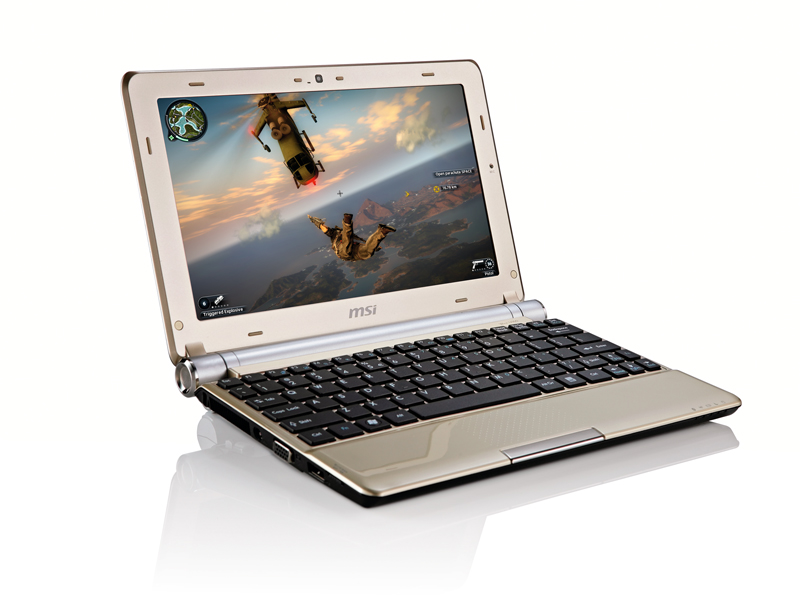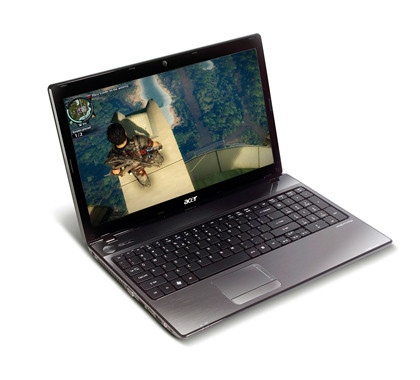
Time then to lift the lid on your laptop and delve into its inner sanctum. The juicy technology sandwiched between its chassis is simply ripe for tinkering, and while manufacturers say you shouldn't, we're going to look at how opening up the case can reap rich performance rewards.
Figures show that we've all been buying more laptops than desktops over the last few years and it's predicted that desktop sales will remain flat while laptop sales continue to post double-digit increases. In other words, we'll all be buying laptops while upgrading the one main desktop at home.
So it's time we took a close look at how you can overhaul and game on a tired old laptop.
The biggest single disappointment when attempting a laptop upgrade is the steadfast, single-minded blocking the industry and manufacturers put in your way as the owner and user of that laptop.
They might use industry standard components and connections but that doesn't stop them creating parts that simply cannot be removed, or BIOS locks that construct a virtual Stasi, imprisoning your device and only allowing it to work with permissible components.
While this might sound like the ravings of a cirrhosis sufferer at a beer festival, knowing if a laptop can have its parts upgraded, if at all, is not only useful for the laptop you already own, but can help form future purchases. Choosing a laptop that you know can be upgraded at a later date is invaluable because it'll extend its useful life.
Hacked drivers
Get daily insight, inspiration and deals in your inbox
Sign up for breaking news, reviews, opinion, top tech deals, and more.
Starting off with a few useful software tweaks is the first step; using hacked drivers can help squeeze more from the hardware. Options to add memory and a fresh hard drive can hugely increase performance as well, as the base installed options can be poor.
The more exotic processor and graphics upgrade routes are substantially more complex, but for many it's a clear-cut case of you can or you can't. Even here, there are other alternatives that can get even the lowest-end options on the gaming platform, as we'll see…
Is upgrading a laptop something you should seriously consider? Well, it's not impossible to do but by the time you've scraped out the inside of your wallet for upgrades you could very well have enough to spend on a similar or better performing new laptop.
Take a look at the Acer Aspire below. It's an example of what £500 will buy; an entry-level gaming laptop. If the cost of your upgrade comes close to or is more than this, a new laptop is probably a better option. (You could level the same accusation at desktops but with laptops you're more constrained to the upgrade options and some manufacturers actively block upgrade routes by locking the BIOS down).

Negativity aside, though, there's no reason you can't drop in a new mobile processor that provides a bump in clock speed.
Start by searching online to see if anyone has managed to upgrade the CPU. This will effectively tell you the single most critical point: is the processor soldered or socketed?
If it's soldered that's a deal breaker (some people, who probably like playing with liquid nitrogen, mention hot-air soldering but it's another layer of complexity and expense on an already complex and expensive procedure).
Under the hood
If your search turns up good news, you need to get a little intimate with your laptop and tease out of it the model of its processor. The best generic tool for this would be CPU-Z; AMD and Intel also supply their own processor ID tools. Grab the AMD OverDrive tool from here or the Intel Processor Identification Utility from here.
These should be able to inform you of the processor model, speed, voltage, socket and stepping. Take this back to Intel or AMD and look up the processors in the same family line, so Core 2 Duo, Pentium or Turion.
To upgrade you'll need a list of processors based on the same socket, same voltage range and within the same thermal profile, which is the power dissipation. The last point is important, because your laptop's thermal module will be tuned for a specific heat output; swapping in a processor with a much higher thermal rating could lead to it shutting down or being throttled.
Even with all of this gathered, the laptop's BIOS may simply not recognise the new processor, either refusing to boot or running it at a lower spec. You can do yourself a favour at this point by doing some more research and searching for your laptop model online.
If you can find the processors it supported on release then you should have a better idea of what range of processor speeds and models it should support. It would also be wise to update the BIOS to the latest version, to make sure that it has the latest CPU ID information in place.
We've gone as far as we can without breaking anything or spending money. Before you start, disconnect the laptop from the power supply and remove the battery. At this point we need to at least locate (and establish we can remove) the old processor. Ideally, a large service panel on the back of the laptop – not used for the hard drive or memory – will provide access to the thermal module and internal components.
Hopefully you can see a socket and fixing screw without the need to remove this. However, depending on the design you may have to, along with the discrete graphics unit.
Remove keyboard
The alternative laptop design will require you to remove the keyboard and access the thermal module from the top. Typically you'll need to remove a service cover from around the screen hinges, remove fixing screws you find here, and unclick the keyboard. It's also likely you'll need to disconnect the display data cable and power to get full access.
Actually installing the processor is very similar to doing the same thing in a desktop unit, as the processor is a socket design but instead of the standard ZIF lever it's usually a screw. Just make sure you align the processor keying arrow with the same arrow on the socket.
You'll need to add the usual pea of thermal paste before replacing the thermal module. Rebuild the laptop and you'll be ready to restart it.
Current page: Upgrade your laptop for gaming: drivers and apps
Next Page Upgrade your laptop for gaming: better graphics